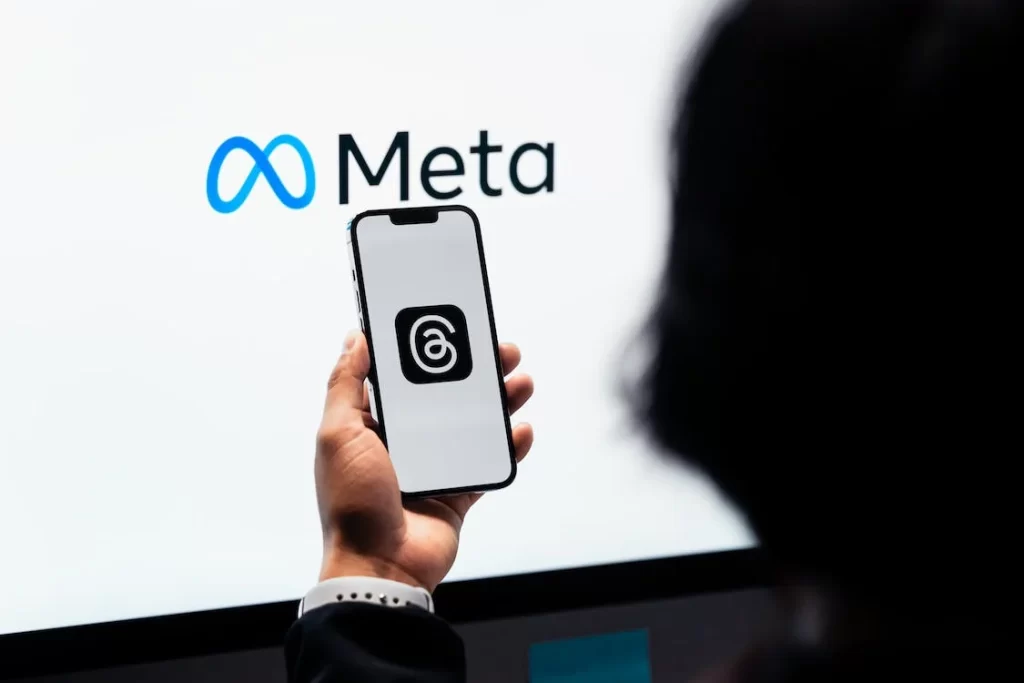
Meta advertisements are still the go-to choice for most digital ads, and the marketers are plenty. The competition can make you feel like you’re throwing everything but the kitchen sink at your Meta ads, only to see them perform above average.
It’s a jungle out there; standing out is not easy. But what if we told you there are some pretty cool tricks you might not be using?
This article will walk you through five underrated ways to amp up your Meta advertisements. These aren’t your average blog tips; we’re talking about the stuff that can make a real difference, especially if you want to get more eyes on your ads without breaking the bank.
Table of Contents
Optimizing Meta Advertisements: 5 Ways
Use Google Tag Manager With Pixel
Google Tag Manager (GTM), combined with Meta Pixel, streamlines how you track user actions on your website. GTM allows you to manage and deploy marketing tags (snippets of code or tracking pixels) on your website without modifying the code directly. This helps track conversions, website analytics, and remarketing.
Integrating Meta Pixel with GTM creates a powerful toolset for collecting data on how users interact with your ads and website. This data is crucial for optimizing ad campaigns, as it can reveal which ads are driving actions that matter to your business, like purchases or sign-ups.
To set this up, you’ll add the Meta Pixel code to your GTM container and configure triggers based on the specific user actions you want to track. This approach simplifies the tracking setup and provides richer insights into your ad performance.
Integrate Meta Ads Software
Integrating Meta ads software into your marketing strategy allows you to automate and optimize many aspects of your ad campaigns in a more efficient and simplified manner. These platforms offer features like A/B testing automation, performance reporting, and advanced targeting options.
Most tools have a campaign creation assistant that simplifies the process of setting up ads, while its analytics dashboard provides clear insights into what’s working and what’s not. Meta ads software saves you time by automating repetitive tasks and can help improve your ROI by leveraging data-driven insights to make informed adjustments to your campaigns.
Optimize for Your Campaign Objective
Meta offers various campaign objectives that align with different stages of the customer journey, from awareness to conversion. For example, if your goal is to increase sales on your website, you would select “Conversions” as your campaign objective. This tells Meta’s ad delivery system to optimize for actions such as purchases or sign-ups.
It’s essential to match your ad content, creative, and call-to-action with your objective to ensure a coherent message that resonates with your target audience. Additionally, continuously analyzing the performance data provided by Meta can help you refine your targeting, creative, and overall strategy to better achieve your desired outcome.
Choose the Best Bidding Strategy
Choosing the right bidding strategy is key to maximizing your ad spend efficiency. Meta offers several bidding options, including cost per click (CPC), cost per impressions (CPM), and cost per action (CPA). Your choice should be based on your campaign objective and how you value different outcomes.
CPC might be the most cost-effective option if you’re focused on driving traffic to your website. However, CPM could be more appropriate if brand awareness is your goal. Experiment with different bidding strategies and analyze their impact on your campaign performance.
Meta also provides automated bidding options, such as lowest cost (auto-bid) and cost cap, which help manage your bids based on your budget and performance goals.
Scale With Automated Rules
Automated rules can take the manual labor out of managing and scaling your ad campaigns. By setting up rules in Meta Ads Manager, you can automatically adjust your bids, budget, and ad status based on specific conditions.
You can create a rule to increase your ad budget by 20% if the cost per acquisition (CPA) falls below a certain threshold. Another way to automate your ads is to pause underperforming ads when their cost per result exceeds your set limit.
These automated adjustments ensure that your campaigns are optimized around the clock based on real-time performance data. It’s like having a vigilant assistant who continuously fine-tunes your ads to ensure they deliver the best possible results.

Key Takeaways
Optimizing your Meta ads goes beyond just setting them up and hoping for the best. The tips and strategies discussed in this article are overlooked as most marketers stick to the book when optimizing meta ads. But today’s competition demands more than some textbook ways to stand out.
By integrating Google Tag Manager with Meta Pixel, you set up a robust system that tracks every important action on your site, making it easier to see what’s working. Meta ads software turn ad management from a chore into a streamlined, insightful process, helping you automate tasks and get smarter about your strategies.
The key to a successful campaign is tailoring it to your specific goal, whether getting more clicks, more views, or more sales. Choosing the right bidding strategy can also make a huge difference in how far your budget goes. Don’t forget about the power of automated rules; they’re like having a 24/7 assistant keeping an eye on your campaigns and tweaking them for the best performance.

